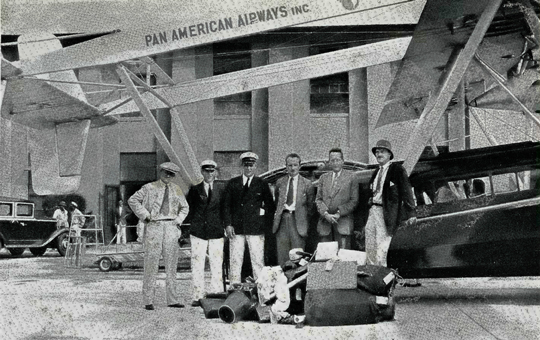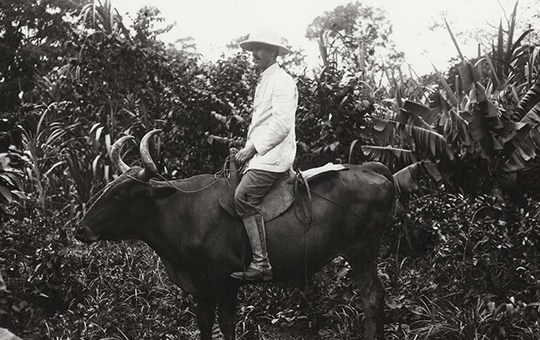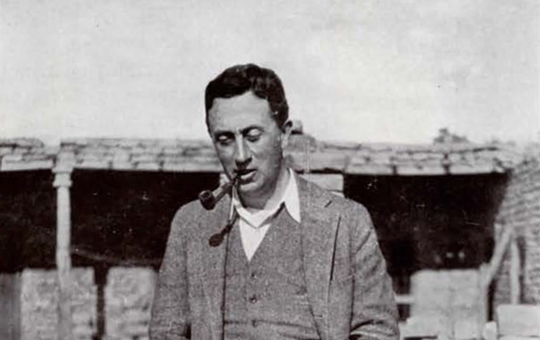The Museum Journal
Originally published from 1910–1935, the Museum Journal includes articles which may not reflect the current views and values of the Penn Museum.
The scope and purpose of the Journal make it a standard publication of merit, containing much information regarding exploration and kindred topics which cannot be had elsewhere... It will relate the history of expeditions in the field and give descriptions of all new acquisitions.

Aerial Expedition to Mexico and Central America
This 1930 expedition investigated the ancient Maya civilization of Central America from both air and land, particularly in those areas not previously covered by either method. Along with taking breathtaking photographs, the expedition also discovered several new archaeological sites amongst the rainforest and rivers, and provided new geographical and ethnological data.
View Articles
The Amazon Expedition
William Curtis Farabee conducted a pioneering expedition to the Amazon in 1913. For three years he explored and collected among the little-known tribes of the Amazon, Guyana, and eastern Peru, and conducted excavations on the Island of Marajo, at Santarem, and explored several small waterways once inhabited during prehistoric times at the mouth of Brazil’s Amazon River in the State of Pará. His work resulted in a wealth of field notes, linguistic data, physical measurements, drawings, photographs, and specimen collections, both archaeological and ethnographic.
View Articles
William C. Farabee
Farabee was one of the great forgotten American explorers and anthropologists. He lead the Penn Museum’s Amazon expedition, a three-year journey up and down the Amazon River and its tributaries, exploring and mapping remote regions. He collected vast amounts of detailed enthographic records, and helped found the study of human genetics.
View Articles by William C. Farabee
Leon Legrain
Legrain was an epigrapher Curator of the Babylonian Section the of Penn Museum. He specialized in cuneiform, and lent his expertise to the excavations at Ur. He published several works translating tablets, cylinder-seals, and inscriptions, and facilitated the research and display for the artifacts received from the Ur excavations.
View Articles by Leon Legrain
Clarence S. Fisher
Fisher was called “the ablest field archaeologist in America,” and helped invent the “American Method” of excavation. He was Curator of the Egyptian Section at the Penn Museum, and led excavations throughout Egypt, and discovered the palace of Merenptah in Memphis.
View Articles by Clarence S. Fisher
